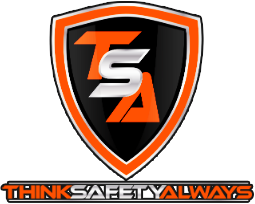Aerial and Scissor lifts are work platforms used to safely move workers vertically and to different locations in a variety of industries including construction, retail, entertainment, and manufacturing. Scissor lifts are different from aerial because the lifting mechanism moves the work platform straight up and down using crossed beams functioning in a scissor like fashion. Although scissor lifts present hazards similar to scaffolding when extended and stationary, using scissor lifts safely depends on considering equipment capabilities, limitations and safe practices. Employers must comply with the following OSHA standards (29 CFR) to protect workers from hazards associated with scissor lifts.
Aerial / Scissor Lift Training
OSHA Aerial and Scissor Lift Training
Get Licensed & Certified for Aerial / Scissor Lift Operation
English & Spanish Classes Available
General Industry
- 23 – Guarding Floor and Wall Openings and Holes
- 28 – Safety Requirements for Scaffolding
- 29 – Manually Propelled Mobile Ladder Stands and Scaffolds (Towers)
- 333 – Selection and Use of Work Practices Shipyards
- 71 – Scaffolds or Staging Construction
- 21 – Safety Training and Education
- 451 – General Requirements
- 452 – Additional Requirements to Specific Types of Scaffolds
- 454 – Training Requirements
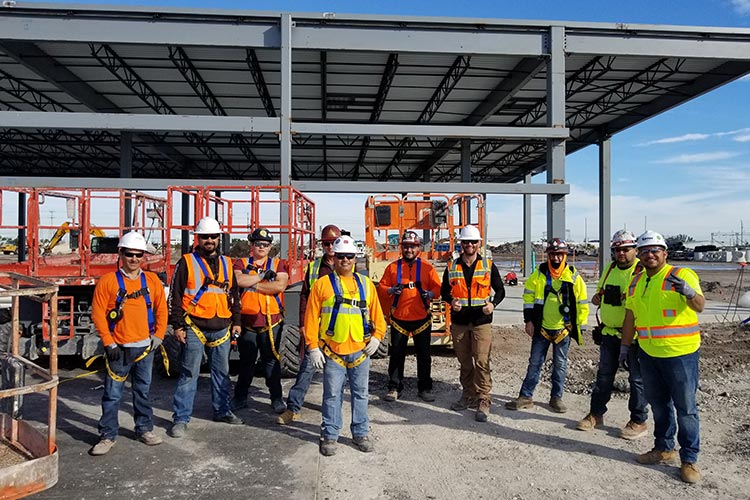
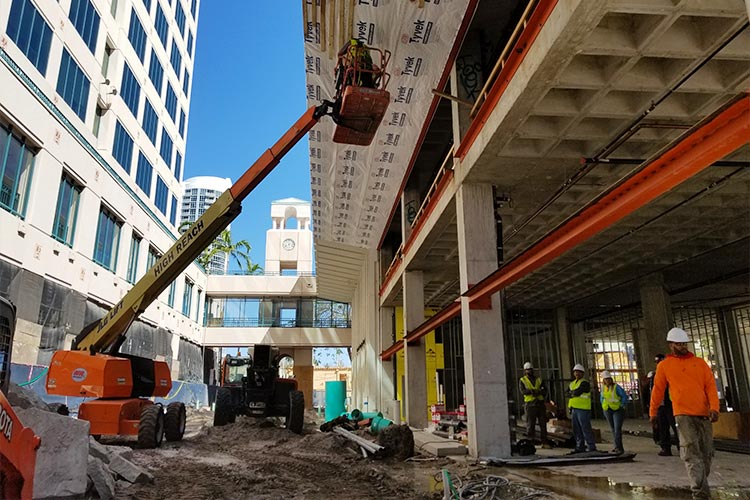
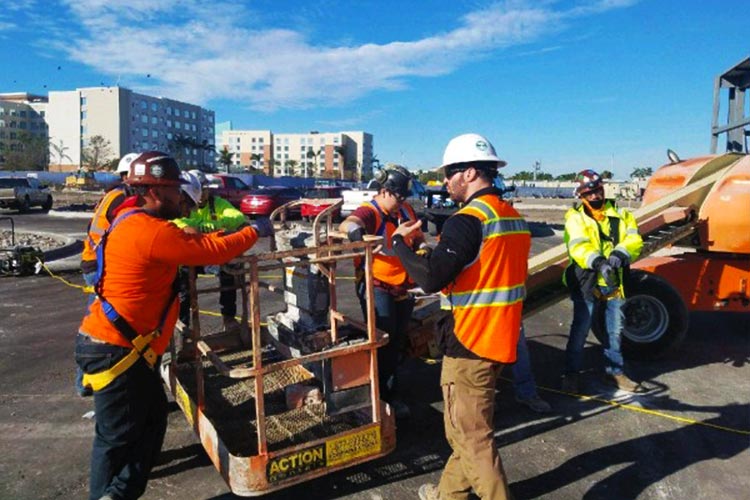
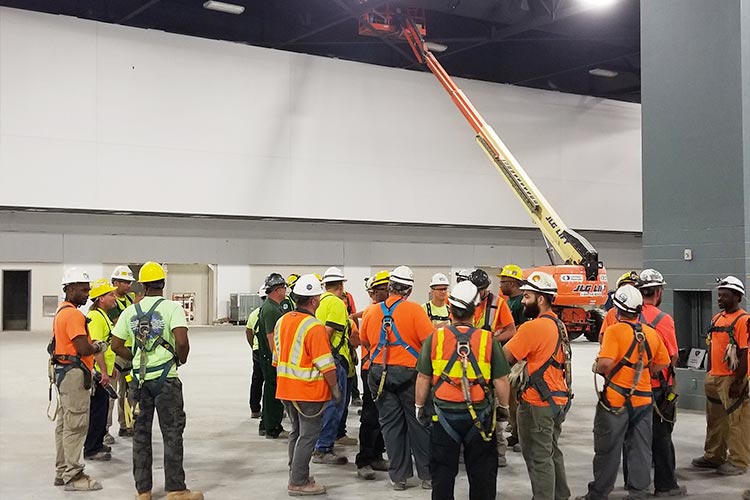
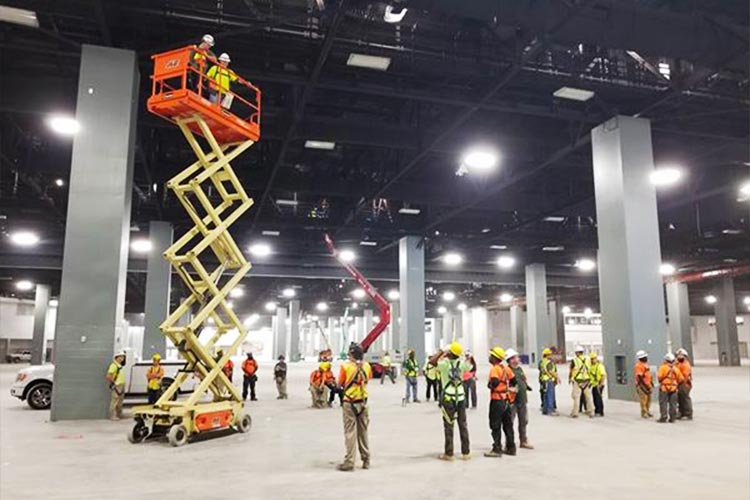
FALL PROTECTION
Scissor lifts must have guardrails installed to prevent workers from falling (see 29 CFE 1926.451(g) or 29 CFR 1910.29(a)(3)(vii). Employers should train workers to:
- Check to see that a guardrail system is in place before working on the scissor lift
- Only stand on the work platform; never stand on the guardrails
- Keep work within easy reach to avoid leaning away from the scissor lift
HOW LONG IS THE COURSE?
This training program is 4 hours long and upon completion will receive a certificate and wallet card.
TRAINING REQUIREMENTS
Employers must provide workers training on hazards, including how to work safely with or near scissor lifts. (29 CFR 1926.454). Training must, at a minimum, include:
- Manufacturer’s instructions for operating the scissor lift vertically and while in transit
- How to handle materials on the scissor lift, including weight limits
- Other work site hazards workers may encounter when working on a scissor lift (e.g., contact with electrical wires).
- Reporting any equipment defects or maintenance needs.
HOW OFTEN DO I RETRAIN OR RE-CERTIFY
To remain compliant with OSHA standards and regulations, aerial lift and scissor lift certifications must be renewed regularly or when user demonstrates incompetency. A three year renewal of certification is the best practice to ensure workers are as proficient as possible, as OSHA makes adjustments from time to time to address any new safety issues and emergency responses that have arisen over previous years due to work incidents and safety improvements. To remain compliant to the new changes, re-certification is necessary to prevent work-related injuries, mistakes or even death.
OSHA SAFETY TRAINING
OSHA Aerial Lift / Scissor Lift Training
Think Safety Always is dedicated to helping clients achieve a safe workplace. In order to accomplish this goal, a world class occupational safety and health program with onsite training must have total management, leadership, and employee involvement. Safety must be management’s highest priority. Production should never be so urgent that a company cannot take time to perform work safely. No matter where you are located, we bring our training to you, nationwide! We offer both English and Spanish classes.
Please contact us for more assistance:
REQUEST A CONSULTATION
THINK SAFETY ALWAYS
The Best Place for Safety Training
CALL US FOR A FREE CONSULTATION
